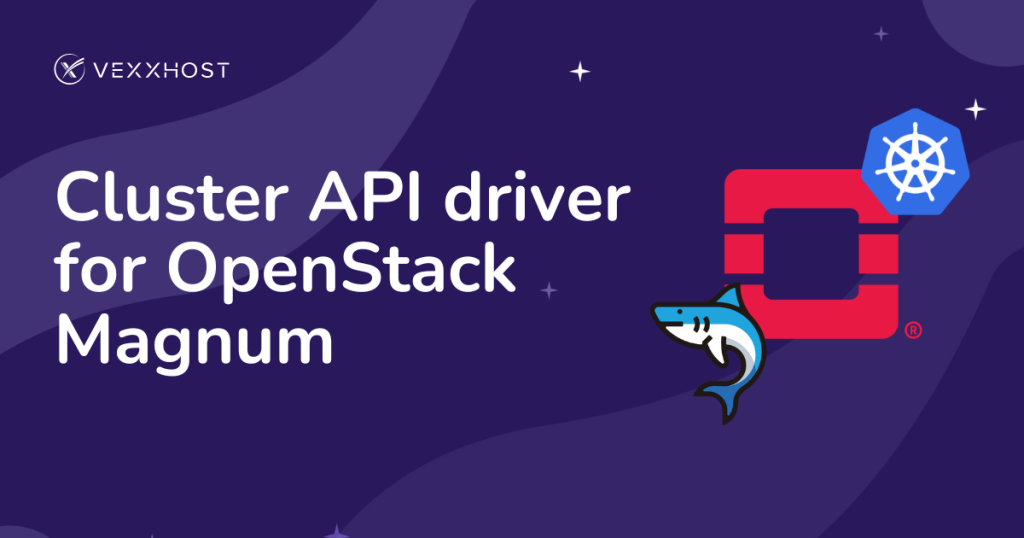EasyEngine (ee) is a linux shell-script collection, which makes managing your WordPress and Nginx sites on an Ubuntu server easy and fun. EasyEngine makes it very easy to manage Nginx and we will no longer need to recall complex commands or depend on system administrators. As an interface for Nginx, EasyEngine is known to perform better and faster than Apache, particularly when the number of concurrent site visitors is on the rise.
Easy Engine would work on any Debian-based distribution, but for these tutorial we are using Ubuntu. Most of the official tests are also done on Ubuntu. In order to install it our Ubuntu server, we need to have full root access. Installation process consists of several commands and it is actually pretty simple and straight forward:
# curl -sL rt.cx/ee | sudo bash
# ee system install
The first command will install easy engine, and the second command will install all other required packages. EE will always install the latest stable version of the packages (Latest PHP, MySQL, etc.) During the installation we will get few prompts where we need to answer “yes” in order for the installation to complete. Once we have it installed, we can create new wordpress with the command:
# ee site create our-domain.com --wp
This will create and install fresh and clean WordPress installation that will be accessible at http://our-domain.com. EasyEngine supports several types of WordPress websites as well as non WordPress websites. Here is a list of all websites and commands to create them:
Standard WordPress Sites
ee site create example.com --wp # install wordpress without any page caching
ee site create example.com --w3tc # install wordpress with w3-total-cache plugin
ee site create example.com --wpsc # install wordpress with wp-super-cache plugin
ee site create example.com --wpfc # install wordpress + nginx fastcgi_cache
Multisite WordPress with sub-directory
ee site create example.com --wpsubdir # install wpmu-subdirectory without any page caching
ee site create example.com --wpsubdir --w3tc # install wpmu-subdirectory with w3-total-cache plugin
ee site create example.com --wpsubdir --wpsc # install wpmu-subdirectory with wp-super-cache plugin
ee site create example.com --wpsubdir --wpfc # install wpmu-subdirectory + nginx fastcgi_cache
Multisite WordPress with sub-domain
ee site create example.com --wpsubdom # install wpmu-subdomain without any page caching
ee site create example.com --wpsubdom --w3tc # install wpmu-subdomain with w3-total-cache plugin
ee site create example.com --wpsubdom --wpsc # install wpmu-subdomain with wp-super-cache plugin
ee site create example.com --wpsubdom --wpfc # install wpmu-subdomain + nginx fastcgi_cache
Standard Website
ee site create example.com --html # create example.com for static/html sites
ee site create example.com --php # create example.com with php support
ee site create example.com --mysql # create example.com with php & mysql support
Different configuration options for EasyEngine can be set in the /etc/easyengine/ee.conf file. We can choose to use remote MySQL host, set basic HTTP authentication, default username and password for new wordpress installations, etc. All we have to do is open the file and using our favorite text editor and do the changes. The file is very well documented.
Upgrading easy engine is the latest version is also very easy. If we are upgrading from easyengine 1.0 to 1.1 and above, we should use the command:
# /bin/bash
If we are upgrading from version 1.1 and above we should use the command
# ee update
This concludes the easy part, installation and configuration. According to EasyEngine created, the hardest part is the create WordPress page with high traffic and heavy enough to crash it. So, you can give it a try on your VPS.



